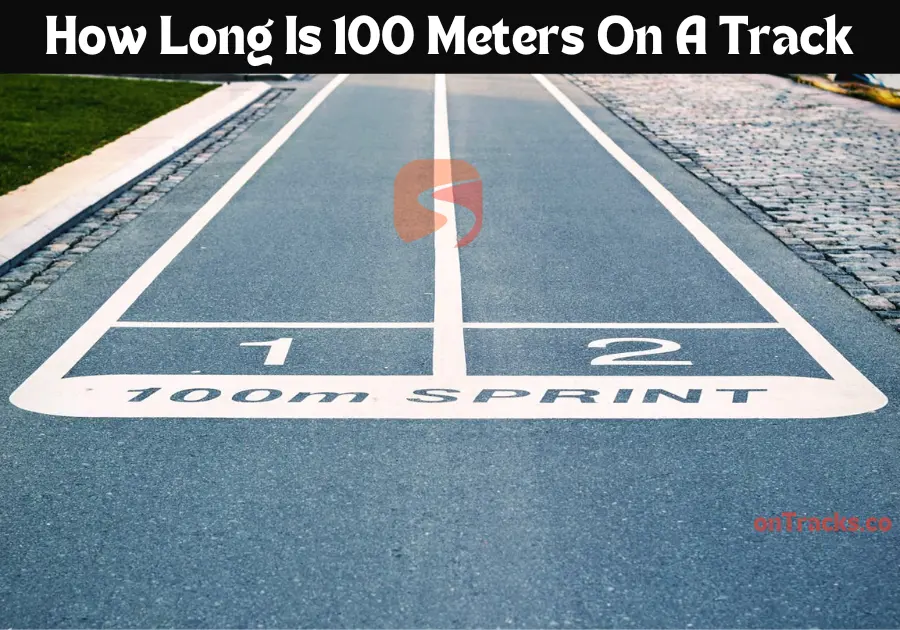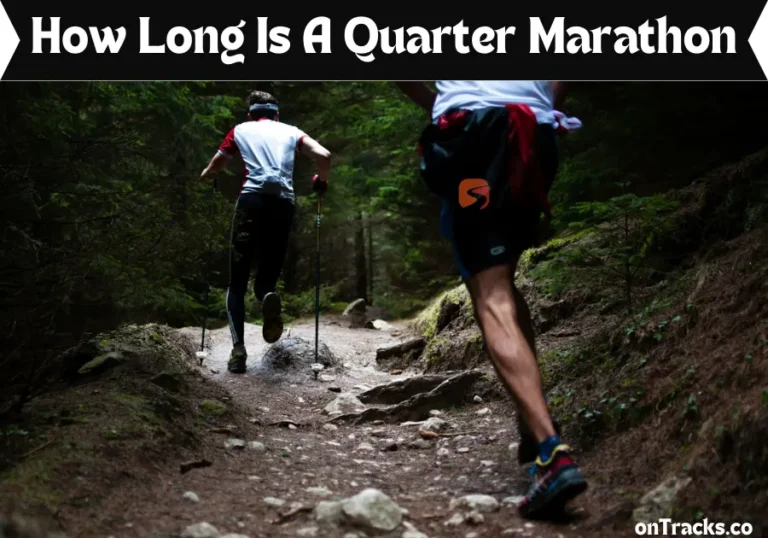How Long Is 100 Meters On A Track
It does not matter if you are just new to the world of track racing or you have been at it for a while, but when you are asked the question how long is 100 meters on a track, you might be surprised by the answer. First of all, what is a track? It is simply a race course that has been designed with racecourses around the world. They are sometimes used for recreational sports as well as for professionally organized competitions.
The Most Popular Type Of Track Used In Track Competitions Is The Mile Track
It is very familiar to people who have dabbled in track and field and is often used for cross country running events as well as the Olympic Games. Some countries have several such courses located within a city or town, and these are usually raced in the summer. The men’s and women’s Olympic track record was set during the track and field event at the Tokyo Olympics in 2021.
When you are asked that question how long is 100 meters on a track, you will naturally assume that it is a very fast time. After all, you are probably running fast and trying to beat your personal best time. This is not always the case however. There are two different considerations that need to be taken into account. You can either expect the track to last exactly as it did when the track was first laid or you can adjust the length of the track to account for possible future changes in weather.
If you do plan on running the track very fast, you should note that it may be impossible for you to actually run the 100 meters in less than a mile. If you have seen someone run 100 meters in less than a mile, it may well be an unrealistic expectation to set for yourself. Track and field is about more than just beating your personal best, it is about coming away from the track with some kind of performance award that represents your effort.
People also like How Long Is A Quarter Marathon
If You Are Planning On Running The Track A Long Way, It May Also Be Difficult For You To Judge The Incline Of The Track
Most tracks are laid on flat terrain. Sometimes the ground can slope slightly, which would make it hard for you to judge the incline of the track. It may be best therefore to assume that the incline of the track will be exactly how it is on the real track. Note however that if the track slopes at all, you will need to come onto the track in advance and take a measurement of the actual incline before you begin running.
A track can bend in certain areas. If a track is going to be laid over a mountain, there is a possibility that the slope will pass through the center of the track. In this case, the track could actually be one foot beneath the vertical on one side and three feet below the top of the hill on the other side. This will still count as a full lap though. If you were to run a hundred laps around the track, you would actually be covering only half an hour. Half an hour of running around a single track would be the equivalent of running two miles.
100 Meter Is Just About 10 Seconds If You Are Fast
What makes how long is 100 meters on a track so interesting is the fact that the answer is not one size fits all. The reason is because track lengths do not follow any standard measurements. You will find that a track that is one mile long does not necessarily mean that it has to be the same length when you run from one end to the other.
In fact, you might even be able to figure out how long you need to run depending on where you are starting from. You should be aware of the fact that track courses can be very complicated, so you should make sure that you are prepared for this before you start running on the track. You should also know that the only accurate way to determine how long you have to run is to get onto the track and just run as fast as you can and see how long it takes you.

Knowing how long you have to run on a track is an important thing to be able to determine when you are training. Not only will it give you an idea of how much distance you need to cover in one run, but it will also let you know how long the next segment should be. Always remember that the best way to estimate how long you will be on a track is to simply run on it for as long as you can!
How Track Conditions Affect Your Running Time
Track conditions play a significant role in how fast you can complete a 100-meter sprint. For instance, running on a synthetic track designed for competitions differs from running on grass or dirt tracks, which might offer less traction and more resistance. Weather conditions, like rain or high temperatures, can also impact your performance.
If the track is wet, it may be slippery, causing you to slow down to avoid slipping. Likewise, high heat can lead to faster fatigue, which can affect your speed and stamina. When practicing for a track event, it’s essential to try running under varying conditions to adapt and see how your time might fluctuate.
People also like Hiking to the Base Camp of Everest
Understanding the Impact of Track Shape and Curve on Speed
Not all 100-meter segments are created equal, especially when it comes to track shape. Most competitive tracks are oval-shaped, with curves that can slow down your momentum slightly. Running a 100-meter dash on a straight track often yields faster times than on curved lanes. If you’re training for a 100-meter sprint, running on a straight path might help you reach optimal speed.
However, if your track includes curves, it’s a good idea to practice running both straight and curved segments to understand how to navigate turns efficiently. Mastering the track’s curves and straights will not only improve your time but also prepare you for races where maintaining speed through turns is crucial.




